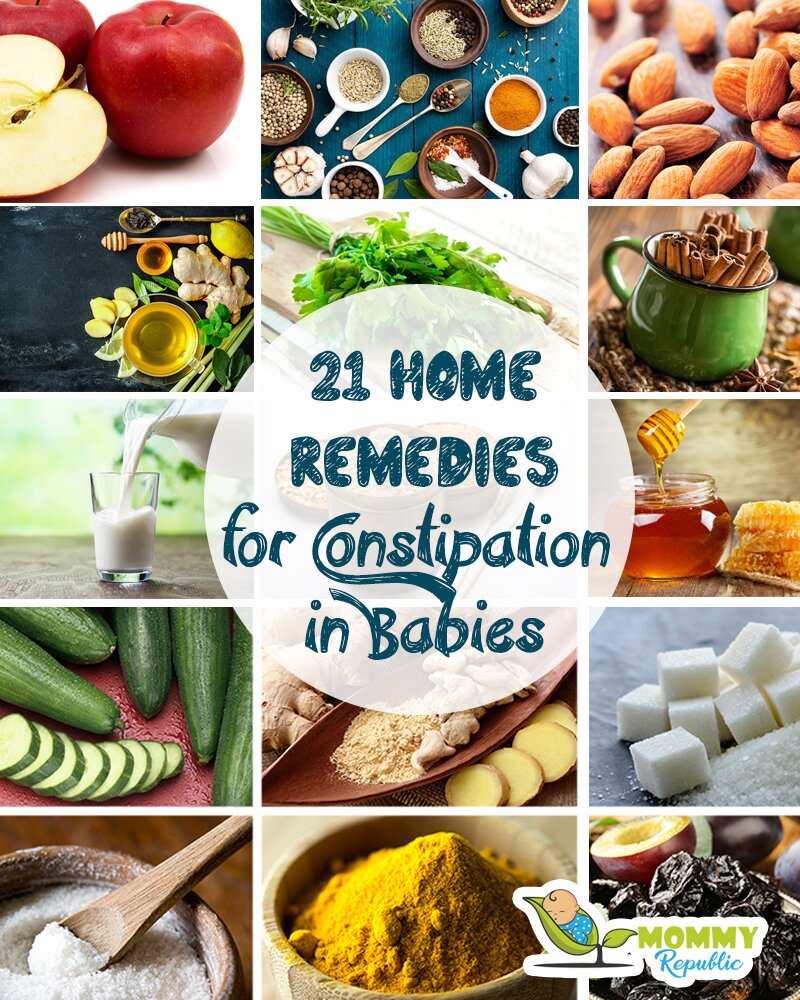The modern cookware is trendy, stylish and innovative, but are they really healthy? One of the most common questions newbie cooks and moms have these days is whether the pots and pans they are using to cook nourishing food for their family is healthy or harmful.
To choose the correct cookware for yourself you should consider the material that it is made of. The material should not react adversely with the food during cooking.
Contents
“Some cookwares are better than others, while some are just toxic”
Why is Aluminium cookware unsafe?
Aluminum kadais, woks and pressure cookers can be found in virtually every household. Aluminum is very toxic as this heavy metal reacts with foods (especially acidic food like tomatoes) and then gets absorbed into the food cooked in it. This aluminum makes it way into your body – and stays there forever. Excess quantities of aluminum have been associated with estrogen-driven cancers and Alzheimer’s Disease.
In last 5 years, aluminum metal has cause several diseases. As per Agency for Toxic Substances and Disease Registry at the US Department of Health and Human Services, aluminum is placed in the top 200 health threatening toxic materials. Companies haA lot of improvement is made in aluminum cookware by anodized aluminum. According to this, a thicker aluminum oxide layer is created on the surface of the aluminum vessel. But still, it is better to avoid aluminum pots due to the risk of toxicity.
I have replaced my aluminium pressure cooker and also avoid aluminium kadais, pots and pans as far as possible.
Why is Nonstick Teflon Cookware unsafe?
The cookware with nonstick coatings has a high risk of toxic materials. Initially, the non-stick coating industry started out with Teflon which is the worst possible cookware and should be avoided completely.
The chemical PFOA, used in manufacturing of Teflon, has been linked to cancer, reduced fertility and thyroid disease in humans. The Teflon surfaces reacts with the food and over time breaks down and ends up in food. And if you happen to use a steel “karchi” or stirrer then you’re just inviting even more trouble.
Teflon when heated to high temperatures (as sometimes required in Indian cuisine) beigns to emit toxic fumes which can cause cause polymer fume fever or flu-like symptoms in humans. These fumes have already been proven fatal to birds.
The US has been cracking down on PFOA manufacturers, but it’s still a long way to go when it comes to India. Several other chemical coatings like Anolon, Circulon, Caphalon are also used by non stick utensil manufacturers. The Cephalon coating is a combination of aluminum with non-stick materials. It is made by polymer infusion process of anodized aluminum and is again toxic when used over time.
Indian cuisine uses substantial amounts of oil in cooking which is why “non stick cookware” appealed to the Indian psyche. The irony however is that Teflon has also been linked to high cholesterol. Please avoid Teflon cookware completely.
Why is Copper Cookware unsafe?
Copper has traditionally been widely used in India before aluminium took over. Most urban Indians now use a water purifier, which also removes most of the micro nutrients and minerals present in water. The lead to a renewed practice of keeping water in a copper vessel overnight and drinking it – which is actually healthy.
When taken in trace amounts copper is not harmful. According to the Dietary Reference Intakes (DRIs), an adult requires 900 micrograms of copper every day. The maximum Tolerable Limit for copper is about 10 times of the recommended 900 micrograms.
However when we use copper utensils to cook food the food reacts with the metal and this releases copper into the food – leading to copper toxicity. Such utensils also have a nickel coating, which is another heavy metal toxic in huge amounts.
If aluminum, non stick and Teflon are all unhealthy – then which cookware should one use? I’m so glad you asked!
Cast Iron Cookware
Cast iron is generally considered as the best and safest cookware. Once the surface is properly seasoned, it becomes just like a non stick pan and an be great for cooking. By cooking in cast iron you can increase your mineral iron intake on daily basis. While it is good for health, sometimes you may be at the risk of iron overload.
If you are taking iron rich diet then you do not want to be adding additional iron from cast iron cookware. Anything can be harmful to your body if taken in huge quantities – and the same goes for iron. Iron when in excess may reach toxic levels and become a pro-oxidant which causes stress and oxidation eventually leading to disease.
What You Can Do: Avoid cooking acidic foods in a cast iron kadai or pan. Foods like tomatoes tend to react more with iron. As soon as you have finished cooking, remove the food from the kadai and keep in a steel serving bowl.
I mostly use my cast iron tawa to make rotis and dosas. This gives me and my family sufficient amount of iron. Also I use iron cookware and stainless steel cookware alternatively to ensure that there is no iron toxicity.
Stainless Steel Cookware
If you hadn’t guessed so far, then yes I find stainless steel to be a good for everyday cooking. It takes some time to get used to stainless steel cookware as they heat up more quickly as compared to aluminium cookware.
Some steel “kadais”, steel pots and pans available in the market have a thin bottom which makes cooking difficult. Stainless steel provides a good cooking surface when it has a thick induction bottom. Always cook on low and medium flame as high temperatures are not suited to steel utensils. Overall, stainless steel is a more stable and less prone to leaching of material like nickel, copper.
Some stainless steel pans have an inner sandwich coating of aluminum or copper. The bottom and top layer is steel while the inner layer is aluminum. This is done because both copper and aluminum are good heat conductors – and ensures that the pan does not get heated as fast. The food gets cooked on a safe stainless steel surface, which is great.
Stainless steel has also been known to break down over time and sometimes react with food at high temperatures. So, avoid harsh scouring with steel wool and other abrasive materials as it can damage the cooking surface and leach metals into food.
Earthen Cookware
Yes, I guess it’s time to go back to the good old days of Indus Valley civilization! Earthen or Terra Cotta cookware is the safest for cooking food. Clays used to make earthen cookware are naturally occurring, and rich in minerals with no chemicals or additives added. Glazed cookware may have lead in the paint, which is why you should only use unglazed earthen cookware for cooking.
There are only some companies in India which are making kitchen friendly earthen cookware. It is difficult to maintain and handle which is why it is not very popular now-a-days. While I like and admire earthen cookware, the effort to maintain is too much. This is why I have decided to zero in on stainless steel utensils only.
Some stoneware and ceramic cookware is also considered safe and brands are also introducing them in the Indian markets. However, the price of pure stoneware is currently outside my budget. I am saving up for one and once I will buy then will update this section.
Ceramic cookware, though not cheap is quite popular these days. US and European brands have strict regulations regarding the composition, which is still flouted in India. This is why I am hesitant to spend so much on a dubious product.
Overall weighing the pros and cons when it comes to price, upkeep, durability and non toxicity stainless steel cookware is the best, in my opinion.
Which cookware do you use? Stainless steel cookware? Aluminium or Teflon Non Stick cookware? Did you know how toxic Teflon cookware is? Share below!




